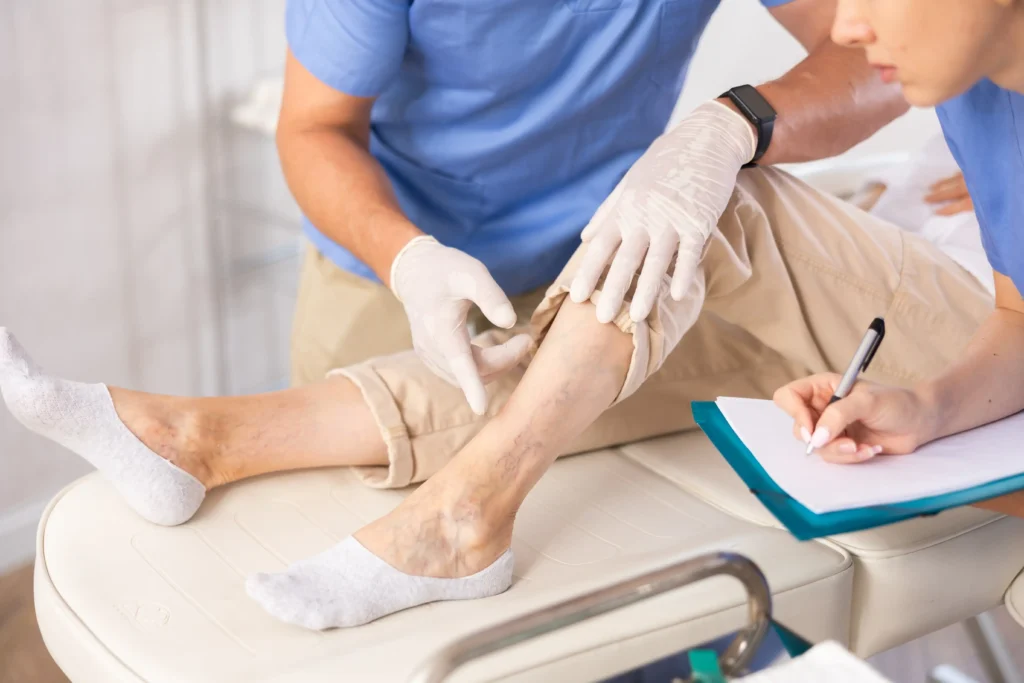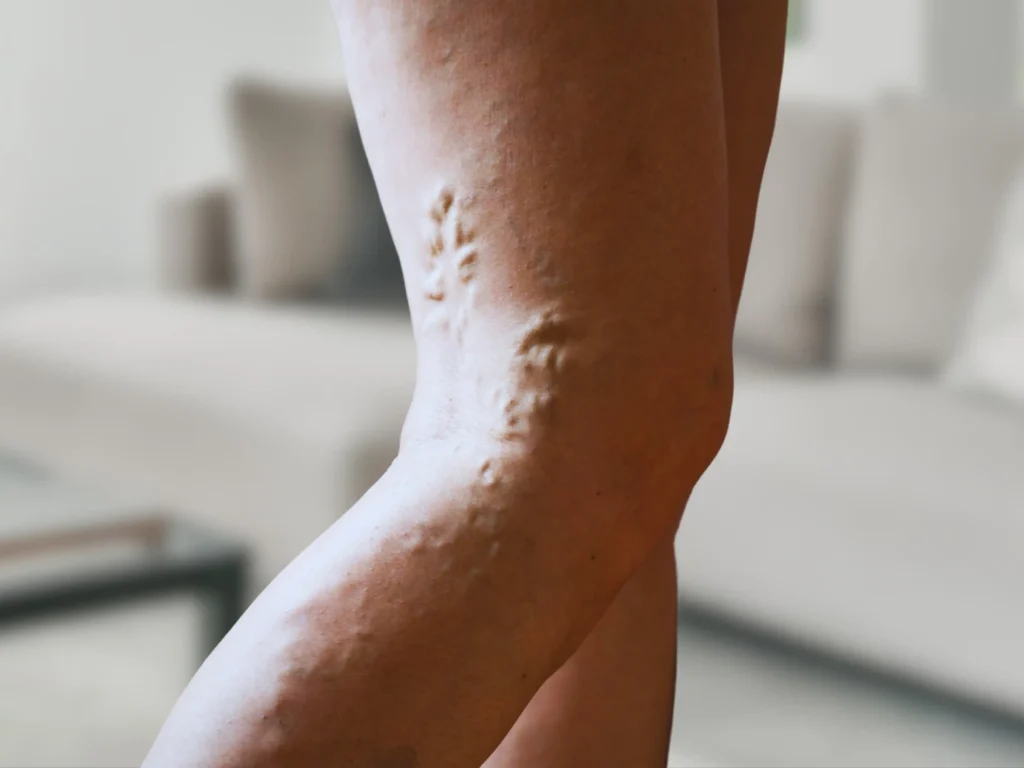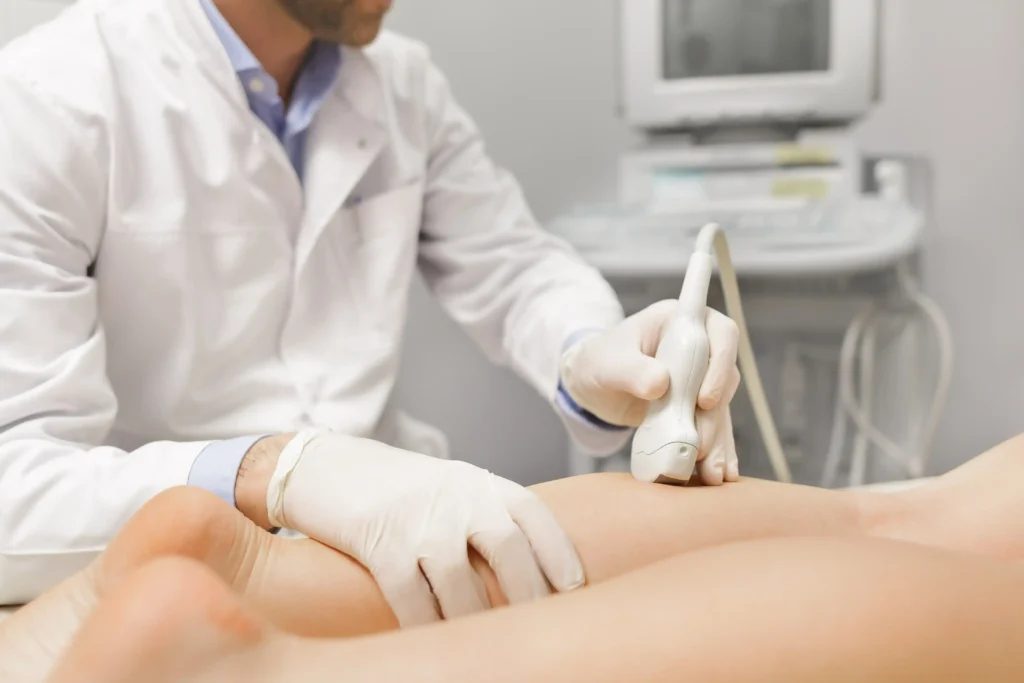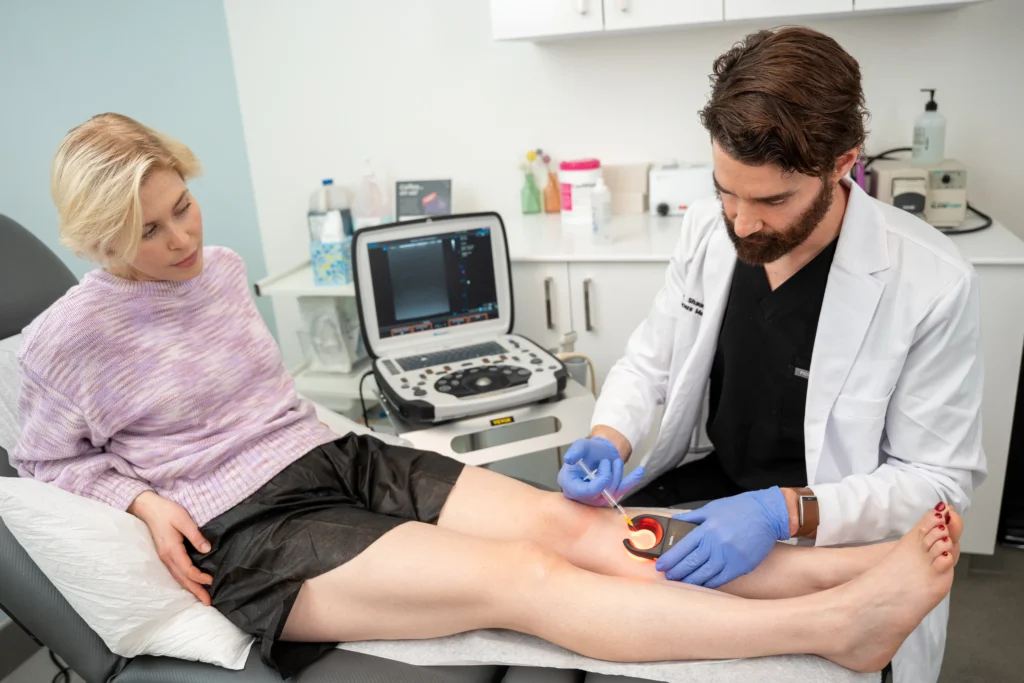This is What You Need to Know About Vein Treatment
If you’ve been noticing changes in your legs like visible veins that appear swollen, twisted, or discolored, you might be dealing with venous insufficiency or spider veins. Perhaps you feel pain, heaviness, or even swelling after standing for long periods, or notice discomfort when you press your legs. You might even feel throbbing, itching, or cramping in your lower legs. These symptoms are all signs of vein-related issues that are common yet often neglected.
At Vein Treatment, we specialize in providing effective solutions to address these symptoms and improve leg health. From advanced diagnostic methods to minimally invasive vein treatments, we offer a range of options tailored to your needs. Whether you have spider veins or more serious venous insufficiency, we can help you reclaim confidence.
What Are Spider Veins and How Are They Treated?
Spider veins are small, web-like veins that often appear on the skin’s surface, typically on the legs or face. These veins are usually red, blue, or purple and may cause symptoms such as itching or burning. While they are generally considered a cosmetic concern, they can be an indication of an underlying circulatory issue, particularly venous insufficiency.
Spider veins treatment typically involves sclerotherapy, where a special solution is injected into the affected veins. The solution irritates the vein walls, causing them to collapse and eventually fade away. This minimally invasive treatment is quick, requires no downtime, and can significantly improve the appearance of your legs. If you’re wondering how to get rid of spider veins, sclerotherapy may be the most effective option for you.
What Is Venous Insufficiency and Why Should It Be Treated?
Venous insufficiency occurs when the veins in your legs cannot effectively return blood to your heart. This can lead to symptoms like swollen ankles, leg cramps, and varicose veins. If left untreated, it can worsen and cause serious complications, such as leg ulcers or deep vein thrombosis (DVT).
Venous insufficiency treatment focuses on improving circulation and relieving symptoms. Common minimally invasive vein treatments include endovenous laser ablation (EVLA) and radiofrequency ablation (RFA), both of which use heat to close off malfunctioning veins. These vein treatments help reroute blood flow to healthier veins, alleviating symptoms and preventing future complications. Learn more about our vein treatments to discover how these innovative procedures can restore your vascular health.
How to Identify the Need for Vein Treatment?
If you’re experiencing any of the following symptoms, it’s time to consider seeking professional vein treatment:
- Visible Varicose or Spider Veins: Large, bulging veins on your legs, often accompanied by a feeling of heaviness or pain, can be a sign of venous insufficiency.
- Leg Pain and Swelling: If your legs feel tired, achy, or swollen, especially after standing for long periods, this could indicate poor circulation.
- Itching or Cramping: These are common symptoms of spider veins or more serious venous conditions, particularly during or after extended periods of sitting or standing.
- Skin Changes: Darkening or thinning of the skin around your ankles could signal that the underlying veins are not functioning properly.
Available Vein Treatments: What to Expect
At Vein Treatment, we offer a variety of minimally invasive vein treatments to address both cosmetic and medical vein concerns. These vein treatments include:
- Sclerotherapy: This is the go-to method for treating spider veins. It involves injecting a special solution into the affected vein. Over time, the vein will collapse and fade from view.
- Endovenous Laser Ablation (EVLA) involves inserting a laser fiber into a vein and emitting heat to close it off. This treatment is often used for more severe varicose veins.
- Radiofrequency Ablation (RFA): Similar to EVLA, RFA uses radiofrequency energy to close problematic veins and reroute blood flow through healthier veins.
- VenaSeal: This innovative treatment involves using medical adhesive to seal off veins, providing a minimally invasive and effective option for patients with venous insufficiency.
- ClariVein is a combination treatment that uses a catheter to deliver medication that closes off the affected vein. It is often used for smaller veins or when other treatments haven’t worked.
- Ambulatory Phlebectomy is a surgical procedure for removing large, bulging varicose veins. It provides immediate cosmetic relief and is often performed after other vein treatments.
Is Vein Treatment Covered by Insurance?
One of the most frequently asked questions we receive is about insurance coverage for vein treatments. The good news is that most vein treatments are covered by medical insurance, provided they are deemed medically necessary. This typically includes all vein treatments for varicose veins and chronic venous insufficiency.
While spider veins treatment is often viewed as a cosmetic procedure, the underlying cause, such as chronic venous insufficiency, is a medical condition that can lead to complications if left untreated. As such, if you are diagnosed with venous insufficiency, even spider veins treatments like sclerotherapy may be covered by your insurance as part of a comprehensive venous insufficiency treatment plan. Contact us to verify your insurance details and learn how we can work with your provider to ensure you get the care you need.
What Is the Recovery Process Like After Vein Treatment?
Recovery from vein treatments is typically quick and involves minimal downtime. After undergoing sclerotherapy, EVLA, or RFA, you may experience mild bruising or swelling at the treatment site, but these symptoms usually resolve within a few days.
Most patients can return to their normal activities within 24 hours. It’s important to follow your vein doctor’s instructions after treatment to ensure the best results. You may be advised to wear compression stockings for a few days, avoid hot showers, and refrain from heavy exercise until your veins fully heal.
FAQs
What is the best spider veins treatment?
The best spider veins treatment depends on the severity and location of the veins. Sclerotherapy is the most common and effective treatment for spider veins. It involves injecting a solution into the veins that causes them to collapse and fade. If you’re looking to get rid of spider veins, consult with our vein doctors to find out if sclerotherapy is right for you.
What is venous insufficiency treatment?
Venous insufficiency treatment aims to improve circulation and relieve symptoms of vein disease. Treatments like EVLA, RFA, and VenaSeal can close off malfunctioning veins, allowing blood to flow through healthier veins. If you have symptoms like swelling or leg cramps, venous insufficiency treatment can help restore normal function.
How do I get rid of spider veins?
A combination of treatments is often used to get rid of spider veins. Sclerotherapy is the primary method for visible spider veins, but treatments like ClariVein or endovenous laser ablation may be recommended for underlying venous insufficiency or varicose veins. Contact us to schedule a consultation and explore the best vein treatment options for you.







